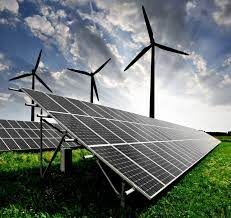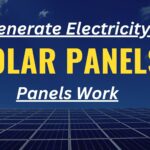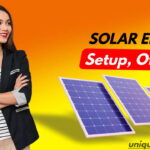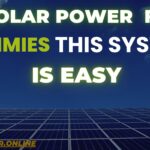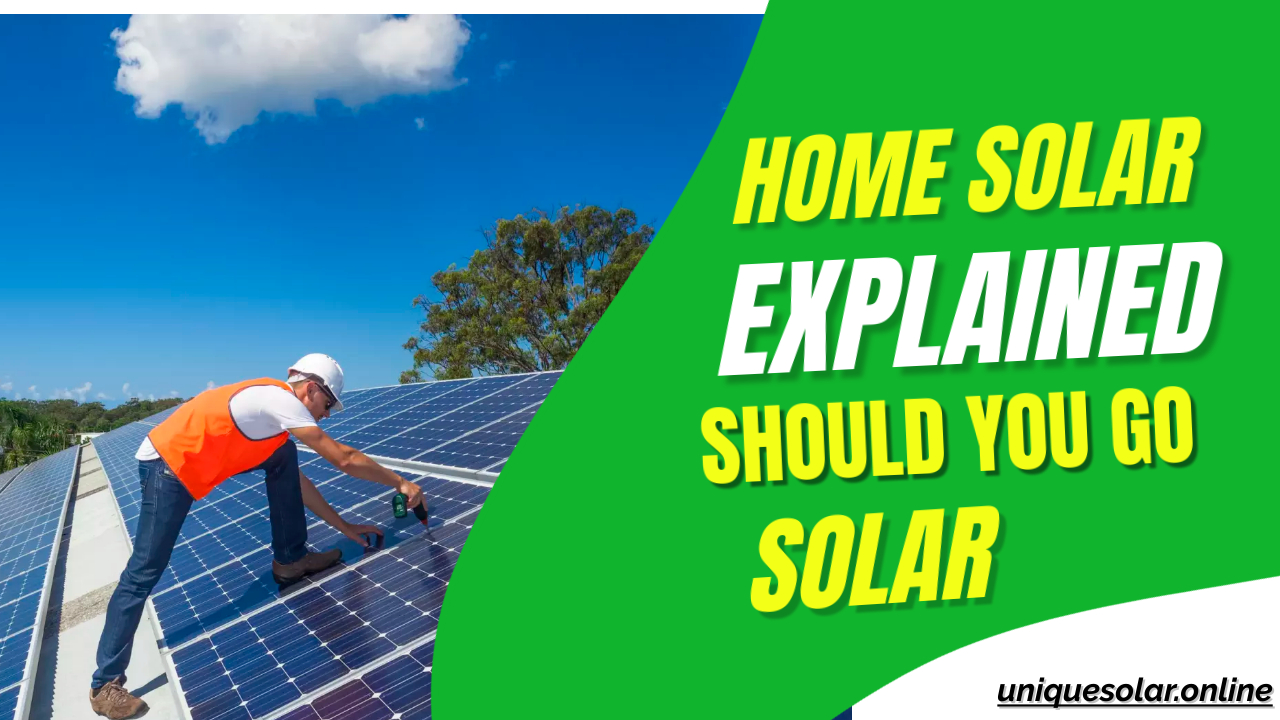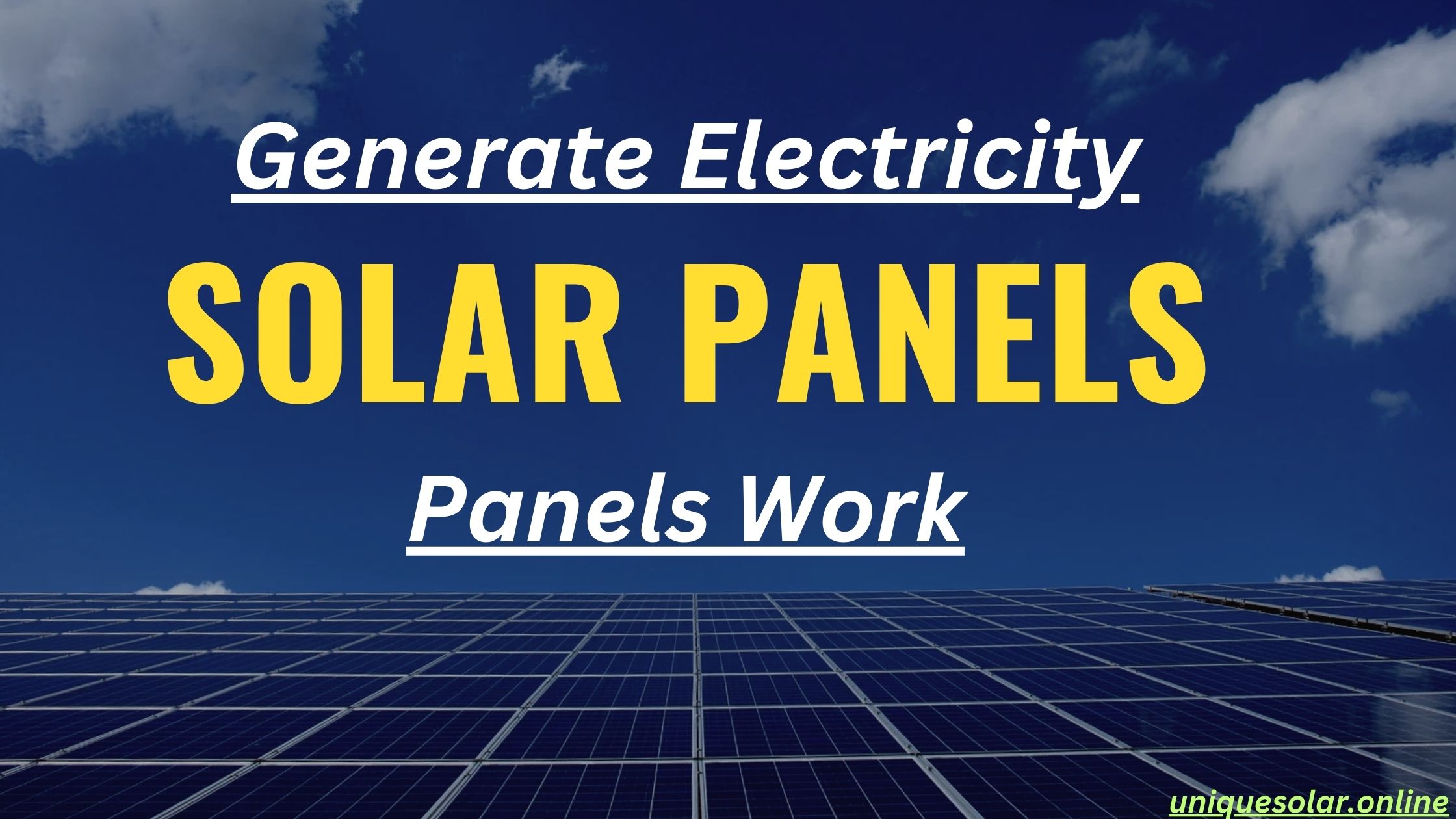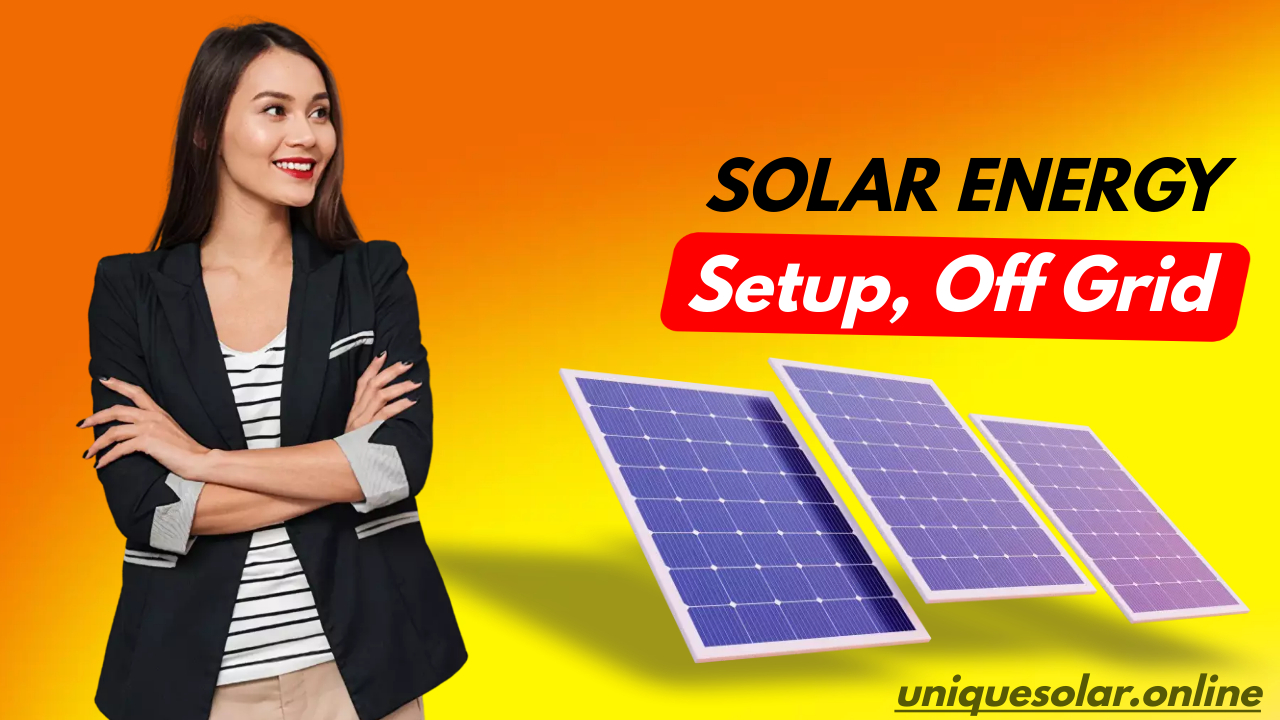Foreign, we’re taking a closer look at solar power systems for homes. Solar power is often associated with living off-grid, but surprisingly, there’s a lot more people installing solar panels on homes that are connected to the grid. So we met up with Albert from Isolera to learn about why people are installing solar at home, the basic components of a solar power system, installation options for panels, costs and money-saving opportunities like net metering, and important considerations, including some of the risks to keep in mind when going solar. We’re covering a lot in just 10 minutes, so let’s get into it.
Why Solar is a Guaranteed Energy Source

Why Solar? The sun rises every day, and it’s a guaranteed energy source. As we transition to more electrically-based infrastructure—heating, cooling, transportation—all of it is going to need a renewable energy source, and solar is part of that solution. Solar is going to be able to deliver an infinite amount of energy; we just have to be able to capture it, harvest it, and utilize it.
Cost Savings and Sustainability Drive Solar Investments
- The reason why people invest in solar is cost savings.
- They’re trying to insulate themselves from rising electrical costs or uncertainty of power or unreliable power, especially in rural settings.
- People are trying to be more sustainable, so they look at solar and realize they don’t need to do anything extreme.
- They just have to add panels to their house, continue using electricity as usual, and benefit from it.
- A big trend now is that people are targeting batteries because the grid isn’t as reliable as they thought.
Solar Plus Battery Storage for Reliable Power
With more frequent and longer outages, solar plus battery storage allows people to live without the inconvenience of wondering if their fridge will last the next couple of days or if they will have access to water. The importance of this depends on where you live, but many are interested in insulating themselves from that risk.
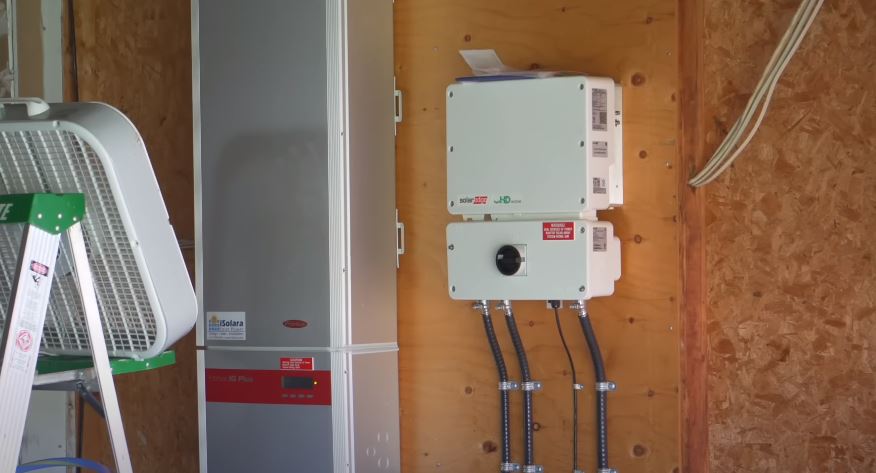
Basic Components of a Solar Power System
Whether grid-tied or off-grid, solar provides a daily benefit by generating electricity that you can use, sell, or store. The basic components of a solar power system include solar panels to take sunlight and turn it into power, an inverter to make that power usable, and a racking system. Grid-tied systems might need additional electrical components.
Roof Mounts and Ground Mounts for Solar Panels

As more batteries come to market, there are increasing opportunities to couple solar panels and inverters with battery systems to get more utility and benefit. Roof mounts are the most common type of residential installs because they use existing infrastructure. South, east, or west-facing roofs, and even ground mounts, can be used based on viable space. Solar can go on asphalt shingles, tiles, or clay tiles. The racking system can be built on any roof type, but the roof should be in good condition. From day one, determine if the roof will outlast the solar system’s performance; if not, consider re-shingling.
Net Metering for Energy Savings
| Aspect | Details |
|---|---|
| Popularity | Net metering is popular, allowing systems connected to the grid to avoid storing all energy. |
| Annual Goal | Over a year, the goal is to generate as much energy as you use. |
| Excess Energy | Excess energy in summer becomes a credit for winter usage. |
| Design Target | When designing for net metering, target a 100% offset plus or minus 5%. |
| Cost Variation | Costs of solar systems vary based on requirements. |
| Panel Warranty | Panels have a 25-year warranty, with aluminum and glass components designed to last long. |
| Battery Improvement | Batteries improve over time, and recycling is possible. |
| Urban Suitability | Urban settings with limited sunlight may not be suitable for solar. |
Risks and Benefits of Solar Installation
Risks include potential snow slides, wind damage, and roof leaks. Proper installation, building permits, and structural assessments mitigate these risks. Solar benefits the environment and can positively influence neighbors. Sharing successes helps others see potential benefits. Pretty much anybody could benefit from solar, and if you have the capacity, capabilities, and financial resources to do it, the positive spin is the environment can also benefit, and the world will be in a better place. Other people will become more aware of what technology is available, and that spin-off effect is tremendous. That’s what we’ve seen too; anybody who puts solar on talks to their neighbors, and they share the successes of the project to allow other people to see that maybe that benefit can apply to them. In most cases, it does because most people like electricity and use electricity on a daily basis.
